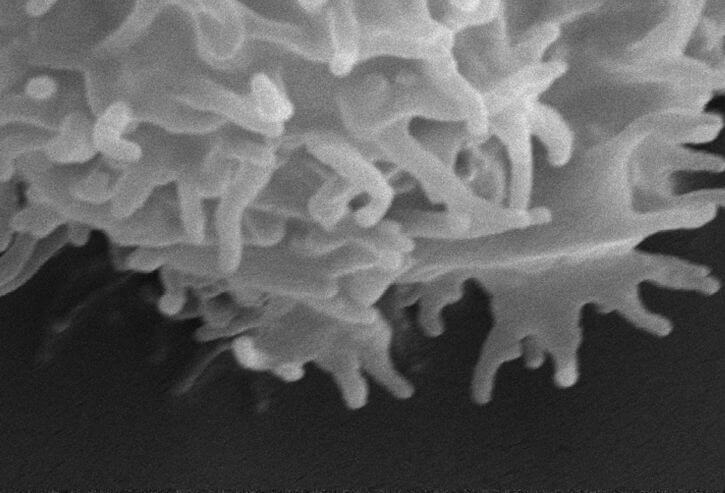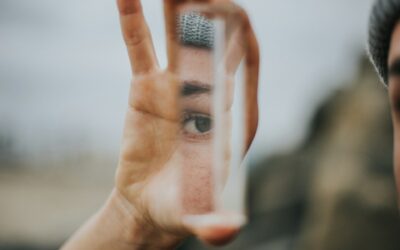Acanthamoeba Infections
Now that October is here, we thought it would be fun for something spooky—the “eye eating parasite” better known to the medical world as the Acanthamoeba.
Acanthamoebas are microscopic parasites that live in water and soil and can be found world-wide. They are not isolated to any one region or climate and are more commonly found than one might think.
Acanthamoeba infestations of the eye (Acanthamoeba Keratitis), on the other hand, are rather rare. They occur when the eye’s surface integrity is disrupted (microscopic scratches, scrapes, abrasions, etc.) and exposed to the Acanthamoeba.
Common Causes
The most common causes of Acanthamoeba Keratitis are contact lens wearers who swim or shower in their lenses (yes Acanthamoebas can live in tap water), or reuse contact lens solutions or water as contact lens solution.
Contact lens wearers are more susceptible to Acanthamoeba Keratitis because contact lens wearers often have small scrapes and scratches on the cornea from fingernails or mis-insertion of lenses. These scrapes and scratches are often so small the individual does not realize they are there.
Contact lens wearers often also do not have the best hygiene regimens for their lenses. It is of upmost importance to never swim or shower while wearing lenses. One should also never use tap water to store lenses in, should rub and clean lenses after each wear, and use a cleaned lens case with fresh solution to store lenses in each evening.
However, any individual with a pathway into the eye (corneal abrasion, recent eye surgery, etc.) is also at risk for an Acanthamoeba Keratitis. It is therefore recommended to avoid swimming, getting water into the eye, hot tubbing, etc. when you have a corneal abrasion, recent eye trauma, or recent eye surgery.
Once Acanthamoebas have attached to the cornea (the front most structure of the eye) and invade local tissue, they are difficult to stop. They live off eating basement membranes and other cells found within the cornea.
Diagnosis and Treatment of Acanthamoeba Keratitus
Patients who are infected with Acanthamoeba Keratitis can have varying symptoms including extreme pain, eye redness, blurry vision, sensitivity to light, and/or the feeling of something being in the eye (foreign body sensation).
Prompt diagnosis and initiation of treatment of Acanthamoeba Keratitis is crucial. Signs and symptoms of Acanthamoeba Keratitis typically appear 1-2 weeks post-exposure.
The earlier treatment is initiated, the better the prognosis. Treatment for Acanthamoeba Keratitis is quite aggressive.
Treatment often involves taking a special eye drop called Polyhexamethylene Biguanide (PHMD) every hour—the patient will need to wake up throughout the night to apply drops.
Several other eye drops may also be prescribed to take in addition to the PHMD drops including (but not limited to) cycloplegics, antifungals, antibiotics, antivirals, and occasionally steroids to reduce inflammation.
Oral antifungal medications are also often prescribed in addition to the drop regimen.
In severe end-stage infections, corneal transplants may be required.
While Acanthamoeba Keratitis infections are rare, they are quite dangerous and threaten permanent vision loss.
If you, or someone you know, suspects they may have Acanthamoeba Keratitis it is vitally important that you go in to see your eye doctor immediately.
You should also discontinue contact lens wear and throw away contact lens cases and solutions that may have come into contact with contaminated water.
Be sure to tell your eye doctor about any recent water related activities you have participated in including swimming (in pools, oceans, or lakes), hot tubbing, fishing, hiking, camping, showering in lenses, etc.





